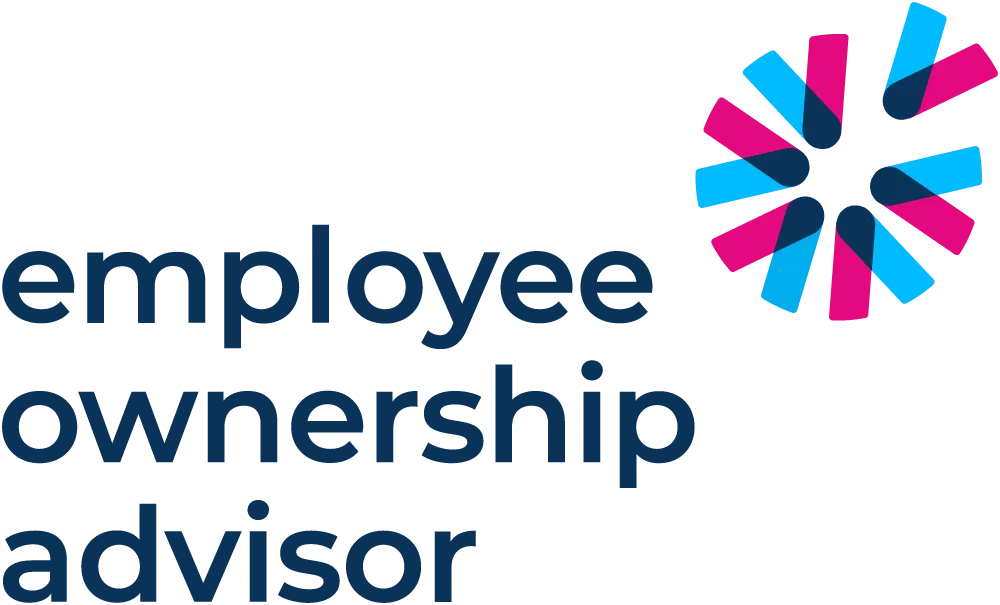Transition of Ownership
In an EOT, the selling business owners transfer their shares to a trust on behalf of the employees. This ensures that ownership remains in the hands of the workforce, securing the company’s future and its core values.
Trust Management
The trust becomes the legal owner of the business, safeguarding the interests of both the employees and the company. A trustee board, comprising representatives from the workforce and independent professionals, oversees the trust’s activities.
Employee Engagement
By becoming owners, employees gain a sense of shared responsibility, leading to increased motivation, productivity and loyalty. This engagement fosters a collaborative culture, driving the company’s growth and innovation.
Rewards and Benefits
As part owners, employees may receive financial rewards through profit-sharing schemes or employee bonuses, further aligning their interests with the company’s success.
Company Governance
The activities of the Company remain governed by the Directors of the Company. The employees do not ‘run’ the Company. Employees may have a greater influence on the direction of the Company but the day-to-day operation of the business remains the responsibility of the directors, which may include the Sellers. The Trust acts in the same way as a shareholder would act in a traditional company whereby the Trust will have to approve certain decisions or transactions, for example the amount of the employee distribution.
Understanding the structure of an EOT
Now you can see that an EOT structure involves:
Continuity
The employees and key management involved in the journey so far remain crucial to the business, and the handover is smooth and seamless.
Collaboration
Employees at all levels and in all departments join forces with trusted professionals to oversee the trust’s activities.
Accountability
The existing directors of the company still remain ultimately responsible for the day-to-day operations.




